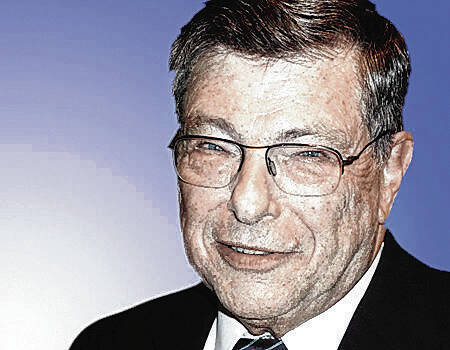A new convention facility is stirring hopes in Terre Haute for economic expansion. New downtown visitors and new businesses are foreseen in conjunction with the realization of a casino. The band is practicing, “There’ll be a hot time in the old town tonight.”
Once upon a time, Terre Haute was a transportation hub. Barges brought cargos up the Wabash River to be transferred to smaller vessels or to overland carriers headed to the growing mid-sections of Indiana and Illinois.
Then, rail lines made Terre Haute a passenger and freight crossroad. Later, US 41 was to be the major route for trucking from Chicago to Miami. However, it was not finished in Indiana until after I-65 was complete, delivering a blow to the western Indiana counties.
King Coal lost its crown in the kingdom of energy. I-70 skirted downtown Terre Haute; downtown went down. Retail trade fled to the interstate exit at US 41. A few major employers left the area. Indiana State University struggled to stimulate economic growth. Multiple plans for the revival of downtown were announced, adopted and atrophied.
Over the past half century, despite Terre Haute’s loss of 11,946 in population, the MSA, which includes Clay, Putnam, Sullivan, Vermillion and Vigo counties, lost only 831 persons.
Why? In three of the four counties, growth outside the major city offset all or part of the decline in the cities.
· Vigo County outside Terre Haute, had a growth of 3,571.
· Clay County grew by 2,533, but its largest city, Brazil, saw growth of only 18 persons.
· Sullivan, the city, declined by 419 persons, but Sullivan, the county, saw growth outside that city of 1,347.
· Only in Vermillion County did the city of Clinton lose 509 residents, while the rest of the county lost 845.
The Terre Haute MSA declined from 1.7% of the state’s population in 1970 to 1.1% in 2020.
What, just a six-tenth point difference is worth comment? Yes, 0.6% of the state’s population in 2020 equaled 40,700 persons. That number, if realized, would have raised the MSA’s population in 2020 from 168,900 to 208,600.
Population decline, as experienced by the Terre Haute MSA, was a slow process, an erosion rather than an earthquake. It was not a secret. The increase in population for the state was 1.6 million persons or 31% over 50 years; for this MSA the decrease was a barely noticeable 6,300 or 3.6%.
Should the State respond to an imbalance of population growth? Are Indiana’s economic development policies sensitive to great disparities leaving some places to decay while others thrive?
These data suggest without a vigorous lead city, a region can stagnate. Lead cities provide jobs, plus retail, medical and entertainment services desired by the outlying areas.
Are lead cities necessary in the internet era? Do your candidates for office in 2022 have anything to offer on the subject?
Morton Marcus is an economist. Follow him and John Guy on Who Gets What? wherever podcasts are available or at mortonjohn.libsyn.com. Send comments to [email protected].




